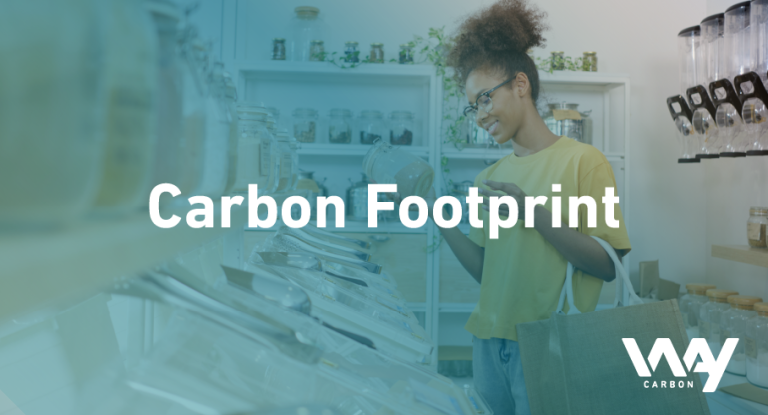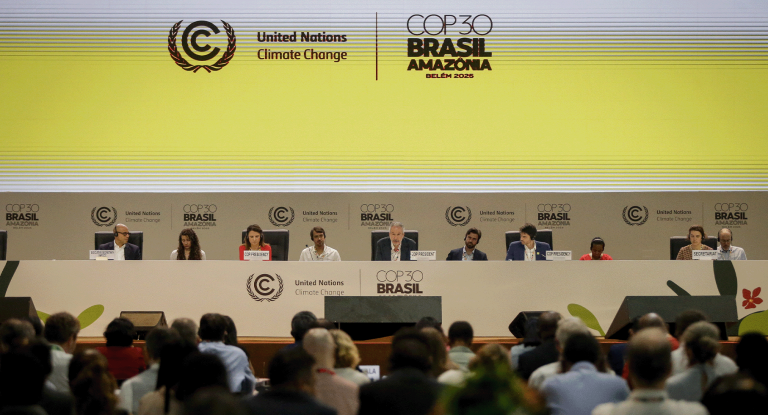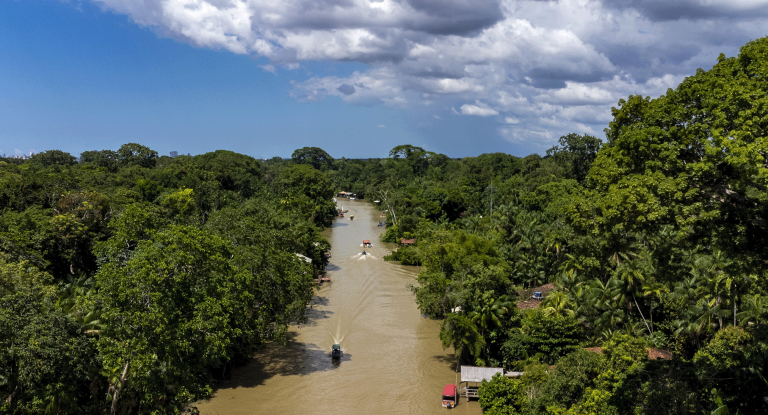Carbon footprint as a positioning opportunity

How can we measure the products’ impacts? What does contribute less to climate change in terms of emissions: plastic or glass cups? What if I change my raw material supplier? And what is the impact of transport on my product? Carrying out a carbon footprint study can support companies answer these questions.
Climate change – intensified by human activities – continues to be one of the most important issues currently discussed, and the search for methods that allow measuring greenhouse gases (GHG)¹ issued by activities and/or processes has accompanied this growth. This concern, which was previously limited to organizations that had to adapt to compliance policies or needed to measure GHG emissions to compose some sustainability index, has gone beyond corporate limits and has been increasingly demanded by consumers looking for products² with low carbon emission throughout their life cycle – in other words, products that have a lower carbon emission from the production of raw materials, in the production process, in their distribution, during their use and even at the moment of their disposal.
When there is this analytical look, of involving all the life cycle stages, focusing on the quantification of GHG emissions, we are talking about the product carbon footprint, where all GHG emissions and removals are transformed into equivalent carbon dioxide (CO2e)³. The analyzes carried out for this purpose are standardized by ISO 14067:2018 – greenhouse gases – products carbon footprint – requirements and guidelines on quantification and communication, and by PAS 2050:2011 – specification for the assessment of greenhouse gas emissions product and service lifecycle greenhouse, which guide practice by describing principles, requirements, and structure that a carbon footprint study should follow
By having a lifecycle approach, the carbon footprint has the potential to connect the product with goals and projects already established by the company. Aspects such as water and energy consumption, waste generation, raw material loss rate, are common goals, and through the carbon footprint, it is possible to have a greater understanding of the impact of product of interest producing for these goals and outline feasible means to achieve them.
A carbon footprint study must be coherent, accurate, transparent, and complete. Therefore, it is important being carried out with as much information as possible that is normally controlled by the company itself, such as the quantity of raw material purchased, the distance traveled to obtain the inputs or even the amount generated and the type of applied treatment to the effluents. Thus, tha company will have interesting results on the impacts of each stage of your product’s life cycle, knowing where to act to mitigate them. It is worth mentioning the carbon footprint must be updated whenever there is a change in the production process of raw materials, change of supplier, packaging, among other possible changes.
Carbon footprint as a product positioning opportunity
The carbon footprint realization can bring several benefits to the company performing it. The most evident of these is greater knowledge of the analyzed product emissions, with results that are often counterintuitive in relation to which raw material is more representative or when it is identified that the most representative emissions are outside the company’s direct area of operation, for example. These results are important inputs for improving data management and for guiding future actions on the climate agenda.
Regarding the possibilities of product positioning, the disclosure of carbon footprint results is a demonstration of commitment, transparency, and credibility. As it is based on an internationally recognized methodology, the carbon footprint allows comparison with other products, which makes it possible to demonstrate better performance in relation to alternatives on the market or present the reductions in emissions achieved through improvements implemented in the production process of the product when compared to its previous version.
In addition to an expression of credibility, carbon footprint disclosure is a way to empower consumers and other stakeholders, who may consider GHG emissions in their decision-making, as well as a way to engage the entire value chain of the product on the climate agenda and other environmental issues. The positioning of a less carbon-intensive product can open the door to new business opportunities, especially with potential clients who are already involved in the topic and have a sustainable purchasing policy, for example. Knowing your product’s carbon footprint can also contribute to accounting for clients’ emissions inventory, especially with regard to indirect Scope 3 emissions. In the same way, a less carbon-intensive product can make an important contribution to the strategy decarbonization process for this client, which seeks to reduce its direct and indirect emissions to achieve climate goals, for example.
The carbon footprint is also the first step in the decarbonizing products process, just as with the emissions inventory it is the first stage of an organization’s decarbonization strategy, as the information resulting from the carbon footprint makes up the panorama of emissions that are used in the next stages of the strategy, which include the mapping of priority actions, the definition of goals and the reduction projects development, aimed at obtaining a low-carbon product, as well as offsetting residual emissions.
As an example, it is possible to observe the case of the carbon footprint of one of Embraer’s aircraft, which served as an instrument to direct climate actions.
Did you find it interesting? Contact WayCarbon to find out more.
Bibliographic References
¹GHGs are gaseous components of the atmosphere, both natural and anthropogenic, that absorb and emit radiation of specific wavelengths within the infrared radiation spectrum emitted by the Earth’s surface, the atmosphere, and clouds (ABNT ISO/TS 14067:2015).
²According to ABNT ISO/TS 14067:2015 a product can be categorized as follows: service (for example: transportation, event implementation, electricity); software (for example: computer program); hardware (for example: mechanical motor part); processed material (for example: lubricant, ore, fuel); unprocessed material (for example: agricultural production).
³CO2 equivalent (CO2e) is the unit for comparing the radiation intensity of one type of GHG to that of carbon dioxide (CO2) by multiplying the amounts of emissions by the Global Warming Potential (GWP) of each (ABNT ISO/TS 14067:2015).
 EN
EN  ES
ES PT
PT










